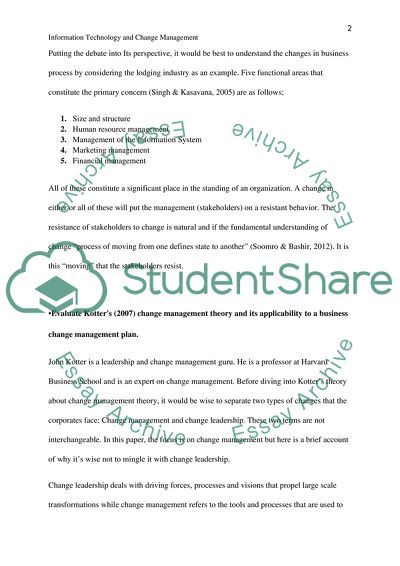Cite this document
(“Information Technology and Change Management Research Paper”, n.d.)
Information Technology and Change Management Research Paper. Retrieved from https://studentshare.org/information-technology/1606175-information-technology-change-management
Information Technology and Change Management Research Paper. Retrieved from https://studentshare.org/information-technology/1606175-information-technology-change-management
(Information Technology and Change Management Research Paper)
Information Technology and Change Management Research Paper. https://studentshare.org/information-technology/1606175-information-technology-change-management.
Information Technology and Change Management Research Paper. https://studentshare.org/information-technology/1606175-information-technology-change-management.
“Information Technology and Change Management Research Paper”, n.d. https://studentshare.org/information-technology/1606175-information-technology-change-management.


